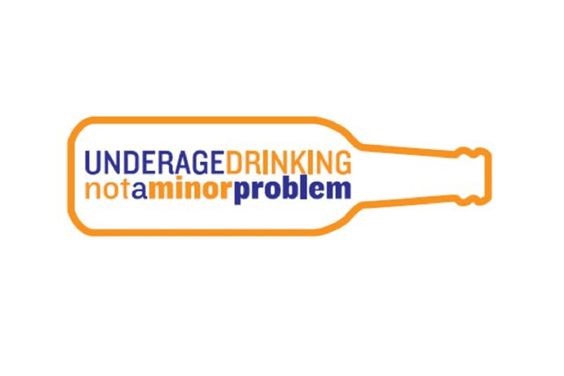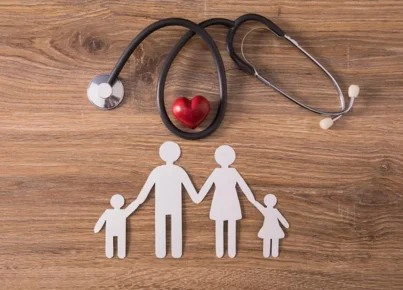Underage drinking is a significant public health concern worldwide. It is associated with a range of negative outcomes, such as impaired cognitive development, increased risk of accidents, poor academic performance, and heightened likelihood of developing substance abuse disorders later in life. Therefore, prevention efforts are critical to addressing this issue. While much has been learned about the problem over the years, some lesser-known facts may surprise you. Here are ten things we didn’t know about underage drinking prevention.
1. Early Education: Introducing alcohol education in elementary schools can be effective in preventing underage drinking. This approach enables children to develop healthy attitudes toward alcohol before they reach adolescence – a period when they are more likely to experiment with beverages.
2. Parent Involvement: Research shows that parents who establish clear expectations regarding alcohol use and communicate openly with their children can significantly reduce the risk of teenage drinking.
3. Environmental Factors: A community’s environment can contribute to or deter underage drinking. Factors such as easily accessible liquor stores, advertising targeting youth, and an overall environment that glamorizes alcohol use increase the risk for minors.
4. Peer Influence: Adolescents are more likely to engage in risky behaviors like underage drinking if they perceive that their peers approve of it or are similarly engaged. Prevention programs that focus on improving communication skills and resisting peer pressure have proven useful in curbing this risk.
5. Alternative Activities: Providing teens with non-drinking activities reduces their likelihood of engaging in underage alcohol consumption – they cannot drink if they are too busy enjoying other hobbies or pursuits.
6. Community Collaboration: Approaching underage drinking prevention requires collaborative efforts from various entities such as schools, law enforcement agencies, local businesses and parents – working together helps create an environment less conducive to teen alcohol use.
7. Warning Labels: The inclusion of clear warnings on alcohol beverage containers is a relatively underutilized strategy for deterring underage drinking but has been found to be effective in increasing awareness about the dangers of alcohol consumption.
8. Social Media Interventions: Social media platforms, such as Instagram and Facebook, can play a constructive role in educating young people about the risks associated with underage drinking via targeted campaigns or interactive programs.
9. Bystander Training: Teaching adolescents about the importance of intervening when they witness a friend struggling with alcohol use can help reduce the occurrence of binge drinking and alcohol-related harm.
10. Cultural Sensitivity: Recognizing cultural factors that may contribute to underage drinking is essential in creating effective prevention programs – this includes understanding how different ethnicities and backgrounds handle alcohol availability and behaviors surrounding drinking.
In conclusion, many factors contribute to underage drinking, and understanding these lesser-known aspects is crucial to developing comprehensive prevention strategies. Research will continue to uncover more about this complex issue, and communities must adapt their efforts to protect young people from the harms associated with alcohol consumption.





